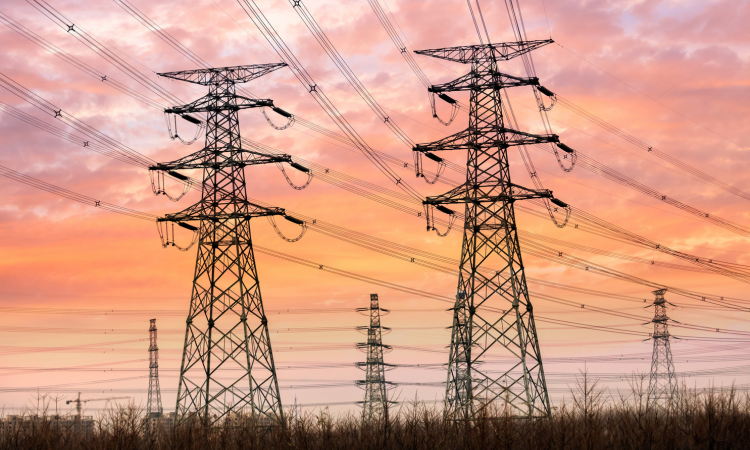What do we do about a problem like our electricity system? Normally, when I hear the words, we need to talk, I am usually the first to look for the nearest exit, but not on this topic!
Ontario demonstrated its climate commitment in the past by phasing out the use of coal for electricity generation. Ontarians took pride in our low-carbon electricity system (this Ontarian certainly did!). However, the province’s rapidly growing population, electrifying industry, and aging nuclear reactors are pushing the province’s electricity grid from decades of comfortable surplus to critical shortages in just a few short years. We are now facing a fork in the road. Do we go back to expanding fossil fuel infrastructure to meet our growing electricity needs? Or do we take this once-in-a-generation opportunity to move Ontario into the low-carbon electricity system of the future?

The Independent Electricity System Operator (IESO) was asked by the Ministry of Energy to explore a moratorium on new fossil fuel electricity generating plants and possible pathways to decarbonize the electricity system. That effort resulted in the IESO Pathways to Decarbonization Report. The Clean Air Council, a network of 40 Ontario municipalities working together to increase the ambition and implementation of their climate actions, worked with Sustainable Solution Group (SSG) to undertake an assessment of the IESO Pathways to Decarbonization Study from the perspective of Municipal Climate Action Plans. The key question they were hoping to understand was why the results of the IESO study differ so much from Municipal Climate Action Plans regarding electricity growth projections.
The Assessment of IESO’s Pathways to Decarbonization Study – From the Perspective of Municipal Climate Action Plans provides answers. It highlights a bias in provincial electricity planning where increasing electricity supply is prioritized over reducing electricity demand. While there is a need to increase the electricity supply; it is only one part of the story! Our main goal should be advancing all cost-effective energy efficiency solutions, followed by increasing installations of distributed energy resources (with prioritization for areas where the distribution grid can handle it).
I have continually been confused by why there is an unequal playing field between the costs associated with generating electricity supply versus reducing electricity demand. I believe it stems from the fact that increasing the electricity supply was the main solution in the past, so if it worked then, why can’t it work now? It can, but it comes with a much heftier price tag and provides fewer environmental, economic development, and job creation benefits compared to energy efficiency and distributed energy resources installations. Most of the money we spend on fossil fuels leaves our communities and province, whereas the funds we invest in energy efficiency and the installation of distributed energy resources bolster local economic development and job creation opportunities within our communities. At this critical juncture, Ontario must choose the right path for its electricity system to boost local economic development and advance climate action.
By Gaby Kalapos, Executive Director